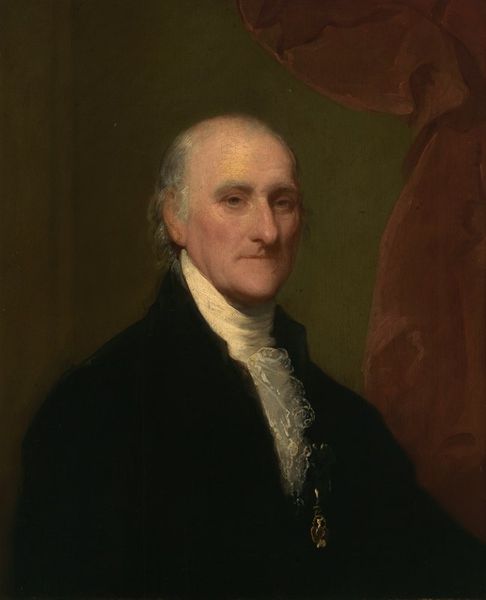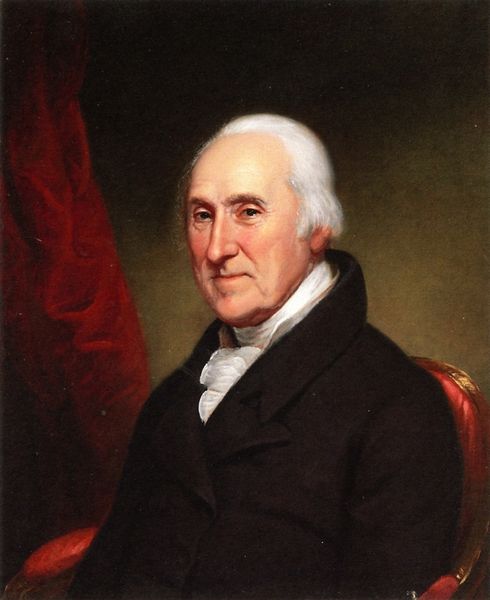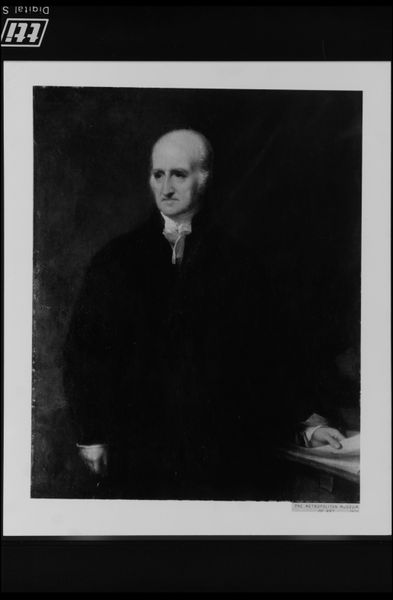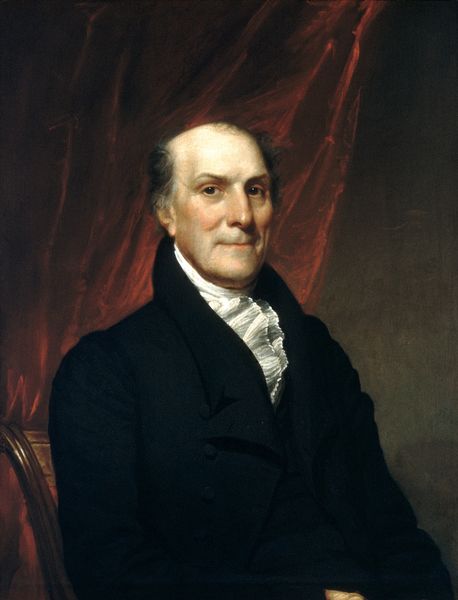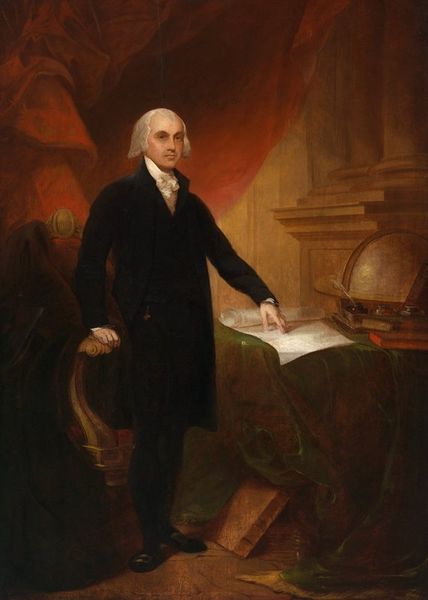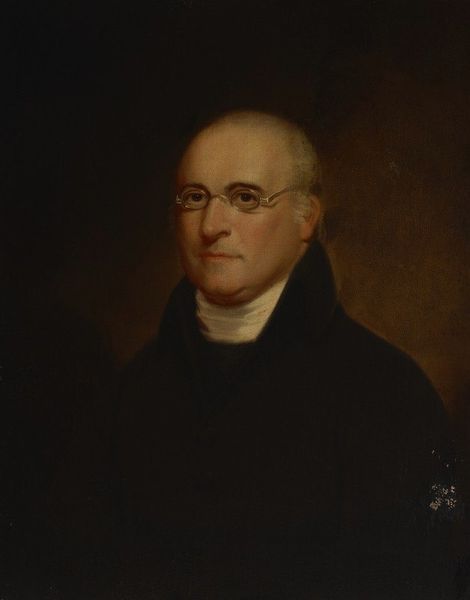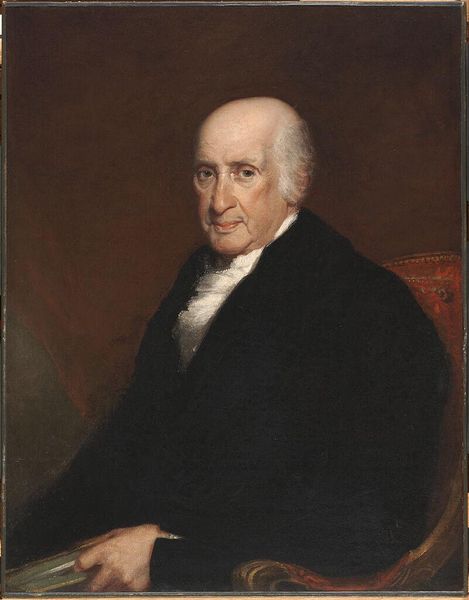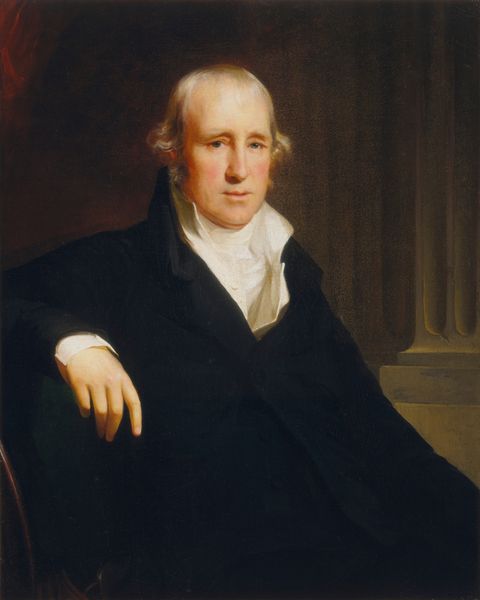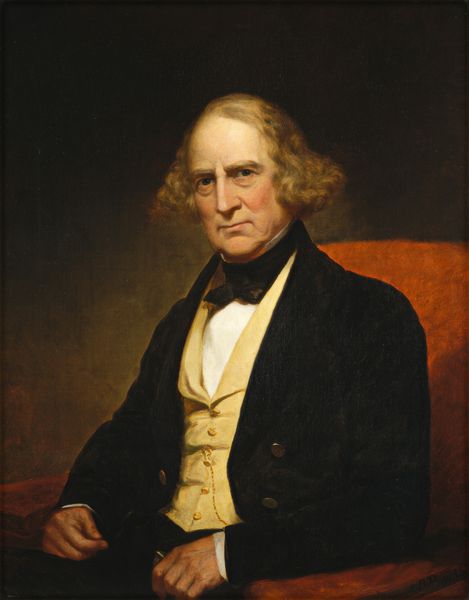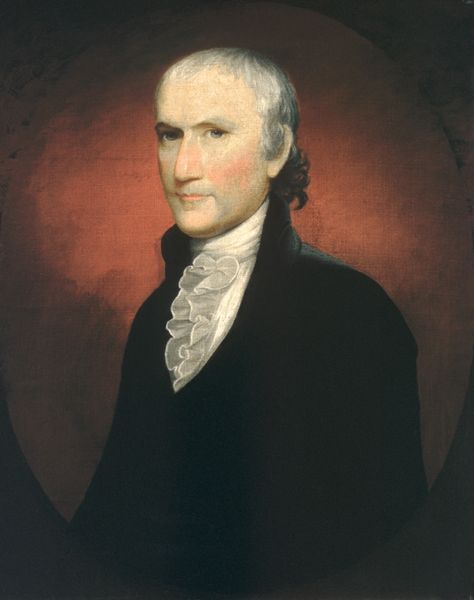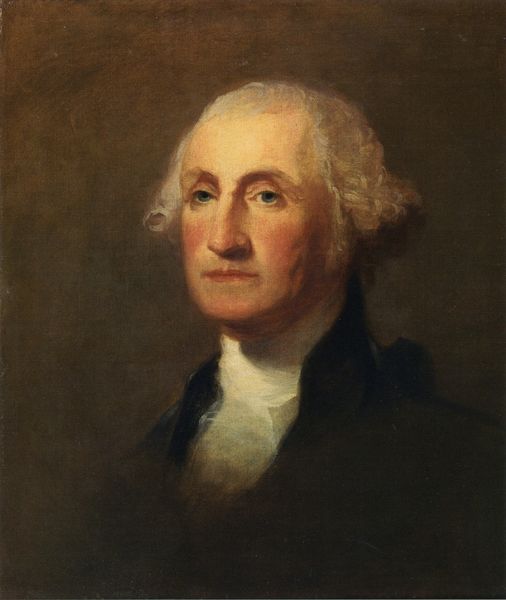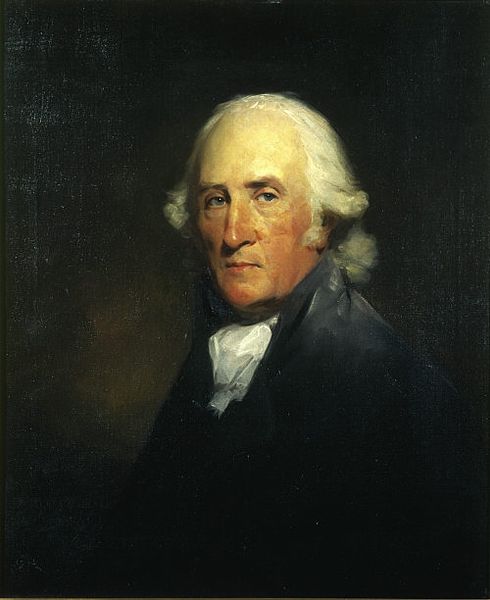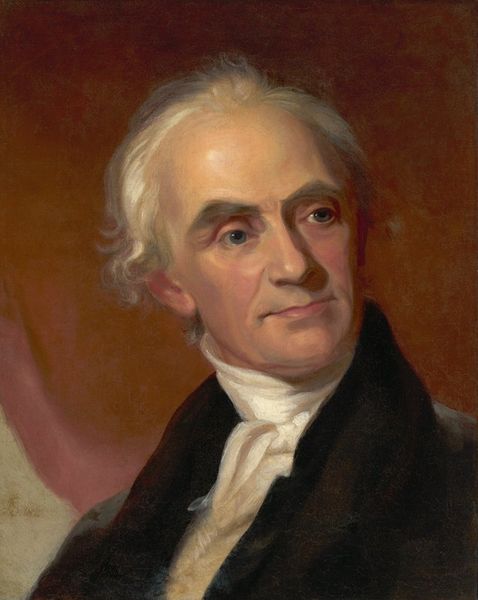
Portrait of Benjamin West 1811
0:00
0:00
samuelmorse
National Academy Museum and School (National Academy of Design), New York City, NY, US
painting, oil-paint
#
portrait
#
neoclacissism
#
painting
#
oil-paint
#
history-painting
#
academic-art
Copyright: Public domain
Editor: Here we have Samuel Morse's "Portrait of Benjamin West," an oil painting created in 1811. The gentleman has quite a penetrating gaze; it feels very formal and perhaps even a little severe. What stands out to you when you look at this piece? Curator: Well, considering the period, the formality is entirely intentional. It speaks volumes about how artists like Morse were trying to establish an American artistic identity, partly through the creation of institutions like the National Academy, which held West in extremely high esteem. Note the neoclassical elements and the history painting nods. Who was the painting designed to appeal to, do you think, and what message was it intended to convey? Editor: Hmm, definitely upper-class society. It presents West, and by extension, the Academy, as dignified, intellectual, almost like an American aristocracy of art. Curator: Precisely. This is not just a portrait; it's a statement about the power and legitimacy that these artists wanted to claim within American society, carefully crafted imagery and symbolism. And what role would that imagery and those symbols later play in America? Editor: I suppose the perpetuation of artistic values? The image served the Academy itself. Curator: Exactly. This portrait, therefore, acts as a kind of visual propaganda. Morse not only immortalized West, but, at the same time, was promoting a specific vision of American art itself. I think this adds layers to our appreciation beyond a simple likeness, wouldn’t you agree? Editor: Absolutely. I now see it as a deliberate piece of institution-building!
Comments
No comments
Be the first to comment and join the conversation on the ultimate creative platform.
